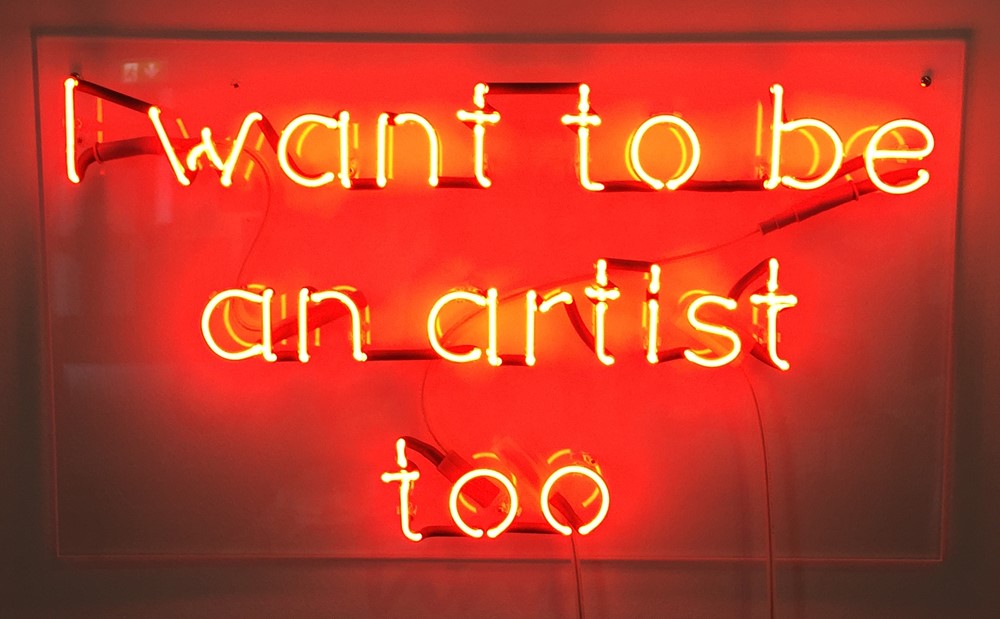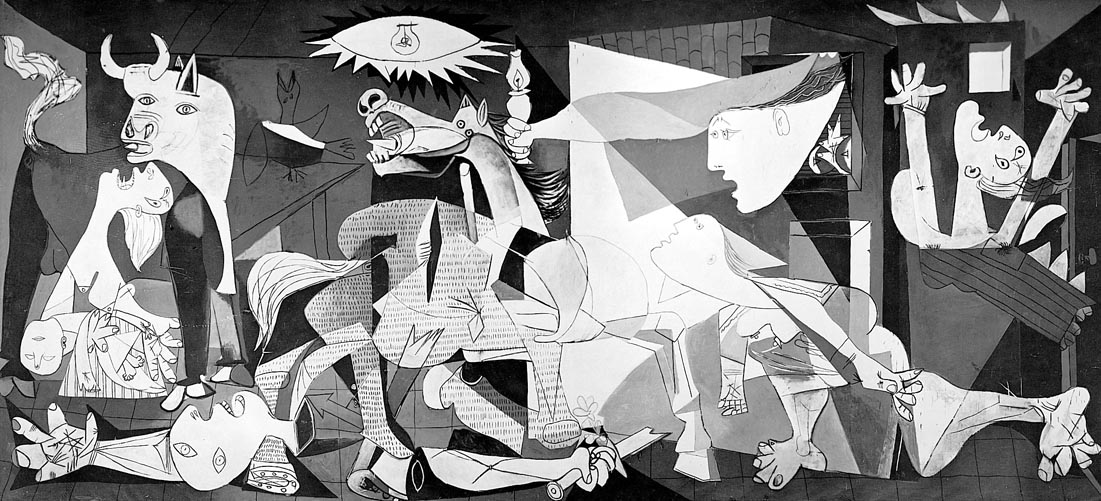
Art Guide
Aspiring Artist Dos and Don’ts
Ever wondered what it takes to be an artist? Wonder no more.
By Sachi Shah
With the influx of art and design in today’s society, an increasing number of artists seek career, establishment and salvation in this field. However, in this pursuit of art and design, it is easy to lack structure and discipline when cultivating one’s own talent. Artists - like any other professional - must earn their success through a series of challenges and hardships. Even in a field as creative and liberal as the arts, there are a kaleidoscope of rules, tips, and tricks to follow in order to ensure success.
Illustration by James Bernardin
Do:
- Experiment; the easiest way to dilute talent is to foolishly assume it can’t be challenged. Many amatuer artists quickly settle on one particular medium or style, and rarely venture into uncharted territories. Although experimentation comes with confidence, it is arguably the most important trait an artist must possess in order for success. We’ve heard the mantra “success comes with failure” repetitively. However, we should actively embrace this philosophy - in order to be more confident in experimentation, and have the courage to make art.
- Learn formal perspective and figure drawing; just an engineer must have a solid foundation of basic arithmetic, and a surgeon must know the standards of biology and life sciences, artists must conquer the elements and principles of art. Drawing is the foundation of all art and design. Even the most contemporary abstract artists will often have a history of art foundations. Also note that drawing is a mechanical skill, it can be practiced and developed.
Left: Figure drawing of Degas Pablo Picasso (abstractionist)Image credits: clarkart.eduRight: The Discus Thrower by Vincent Van Gogh (expressionist) Image credits: Vangogh.net
3. Immerse yourself in your art community; visit as many museums or galleries as you can. Involving yourself in the local art community demonstrates passion, dedication, and appreciation. Not only will this expand your repertoire in the knowledge of art, but it serves for networking opportunities and an ability to meet figures of importance.
Don’t
- Use references that aren’t your own; the world is a melange of people, places, ideas, and dreams. It is a breeding ground for inspiration. The easiest trap is succumbing to someone else’s form inspiration; using photographs, references, and even copying work that isn’t your own is a dangerous territory. It is important to create your own unique platform of inspiration, and adorn your work with things that enrich your soul. Not only will this make your art more distinctly you, but it will respect the soul and love of other artists.
- Isolate yourself; it is true that often the greatest revelations are made in solitude; an idea that many Buddhist monks embrace when seeking enlightenment. Similarly, art is generally an independent process of creation. However, it is crucial to remember that art is to be shared, distributed and appreciated by all. The more generous you are with sharing your visions, the more they will be seen and valued.
- Lose yourself in the thirst for fame; many aspiring artists commence their journey with a grand vision : their names represented by big galleries, thousands of appreciators, and an international fame. Although it is necessary to have ambition, it is important to differentiate it from obsession. The art and design industry is rapidly growing, with thousands wanting to make it, to taste a sliver of luxe and success. However, like climbing up the social ladder, there is an immense risk of corrupting your own values and morals along the way. Hold on tightly to a sense of genuinity, and don’t let it go - even in the face of prestige.



